In the face of increasing climate-related water challenges, rising pollution, and poor inter-jurisdictional coordination, India’s fragmented water management system needs a major overhaul. Experts are advocating for the Source to Sea (S2S) approach, a comprehensive water governance framework that treats freshwater and marine ecosystems as a single hydrological continuum. As 2025 marks the International Year of Glacier Preservation, there is renewed global urgency to bridge the upstream-downstream disconnect in water policy, making the S2S approach both timely and necessary for sustainable water resource management in India.
Why in News?
World Water Day 2025 focused on ‘Glacier Preservation’, highlighting the vulnerability of upstream water sources. The UN’s Decade of Ocean Science (2021–2030) has reached its midpoint, emphasizing coastal protection and marine biodiversity. The Source to Sea (S2S) framework, long on the global agenda, remains underutilized in Indian water policy, despite increasing stress on rivers, aquifers, and marine environments. With mounting pressure from climate change and pollution, India is being urged to adopt S2S governance mechanisms for water sustainability.
Aim & Objectives of the S2S Approach
- Promote integrated management of land, freshwater, coastal, and marine systems.
- Encourage cooperation across jurisdictions and stakeholders.
- Ensure sustainable freshwater flow to oceans, preserving marine biodiversity.
- Enhance climate resilience by treating water bodies as part of an interconnected ecosystem.
Background and Global Developments
- S2S concept introduced in the 2012 Manila Declaration to address marine pollution from land-based sources.
- Stockholm International Water Institute (SIWI) launched a dedicated platform in 2014.
- In 2025, IUCN took over the management of this platform.
The approach supports the UN SDGs, especially,
- Goal 6.5: Integrated Water Resources Management (IWRM)
- Goal 14.1: Preventing marine pollution from land-based activities.
Key Global Context in 2025
- UN World Water Development Report 2025 highlights mountain water sources and glacier preservation.
- First World Day for Glaciers observed on March 21, 2025.
- Growing emphasis on cryospheric science and downstream impact of glacier melt.
Midway into the Decade of Ocean Science, concerns include,
- Rising sea levels
- Increasing coastal pollution
- Loss of marine biodiversity
India’s Water Challenges
- Water stress could affect 600 million people, risking 6% GDP loss (NITI Aayog 2018).
- 311 polluted river stretches identified by CPCB in 2022.
Over-extraction of groundwater
- India uses 60.5% of its extractable groundwater.
- Punjab, Haryana, and Rajasthan use more than 100%.
- Declining groundwater quality and increasing salinity.
- Fragmented governance due to inter-state water bodies and lack of integration across tiers of governance.
Governance Complexity
Four layers of water commons
- Local/Panchayat
- State Government
- National Government
- Global Cooperation
Need for nested governance systems to manage interconnected resources.
Case Studies & Emerging Initiatives
- Delhi nutrient management under the S2S platform.
- Proposed S2S Future Programme to study Indo-Gangetic Basin settlements.
Significance of the Shift to S2S
- Addresses fragmentation in water policy.
- Aligns science, policy, and execution under a unified ecosystem framework.
- Facilitates inter-agency coordination, especially in transboundary and inter-state water governance.
- Essential for climate adaptation, agriculture, and drinking water security.

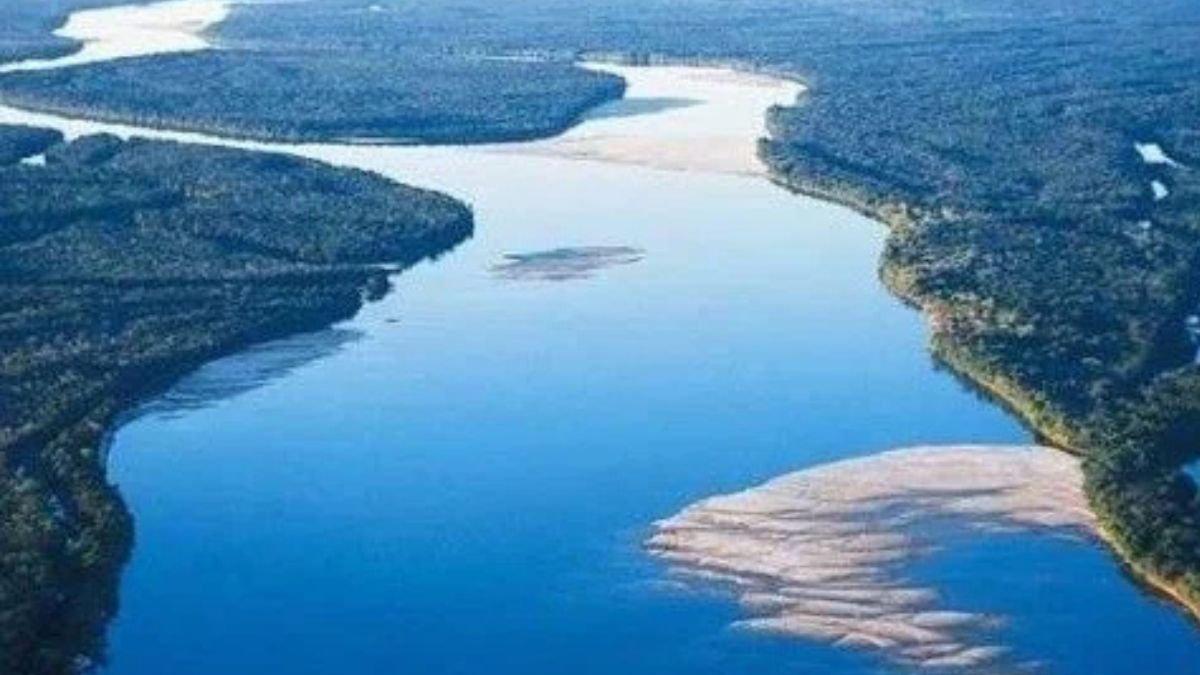
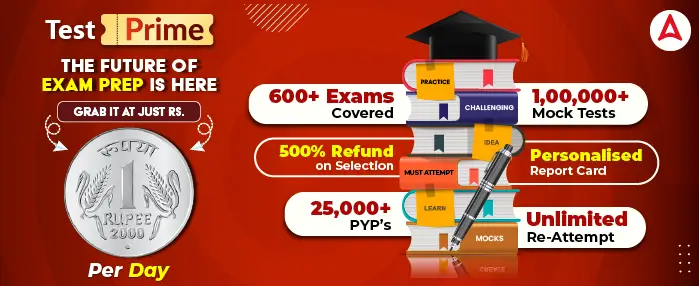
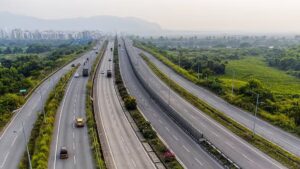 Centre Unveils ₹17 Lakh Crore PPP Projec...
Centre Unveils ₹17 Lakh Crore PPP Projec...
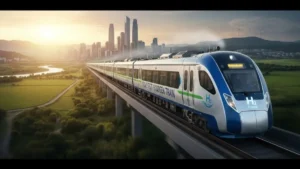 Haryana to Launch India's First Hydrogen...
Haryana to Launch India's First Hydrogen...
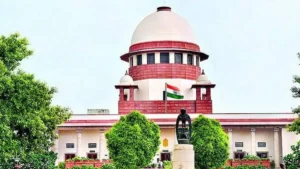 Supreme Court Signs MoU for Law Clerks E...
Supreme Court Signs MoU for Law Clerks E...







